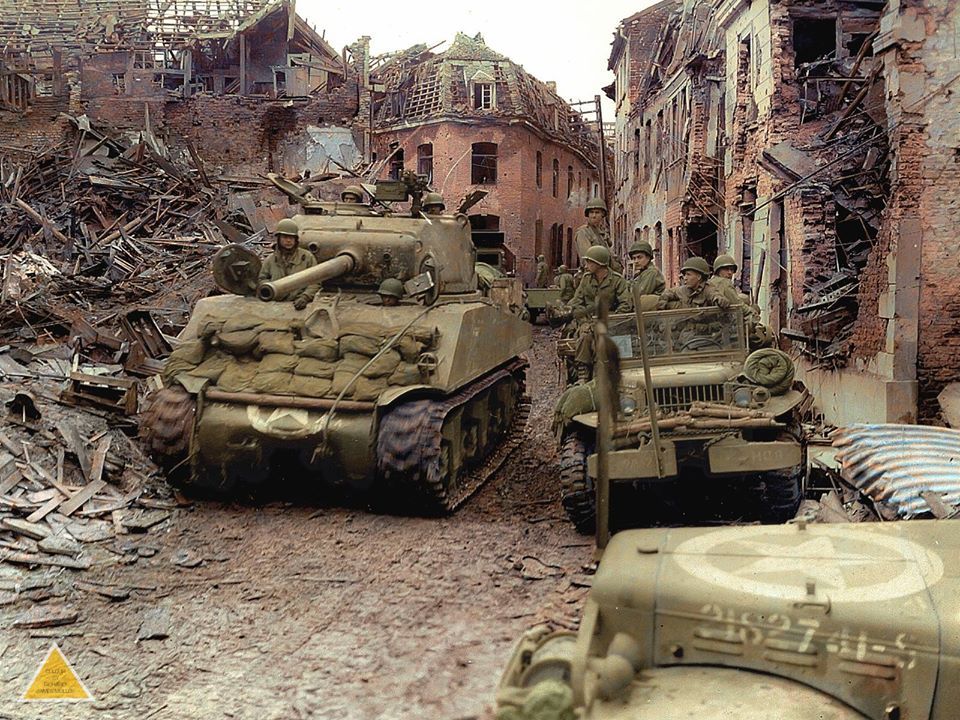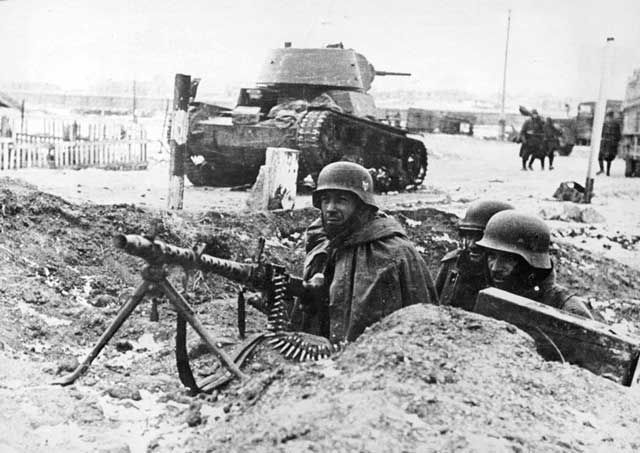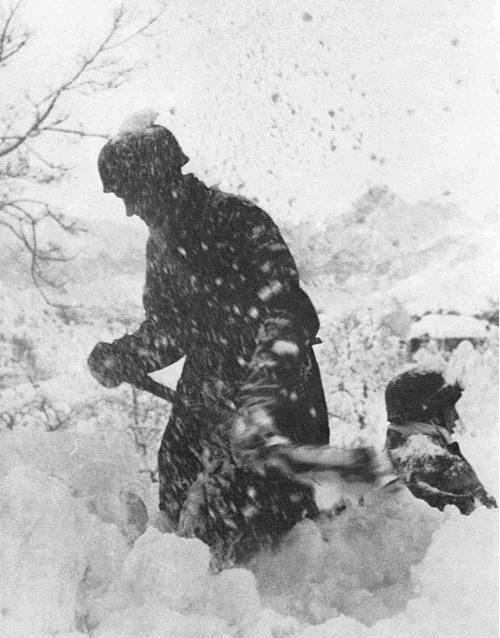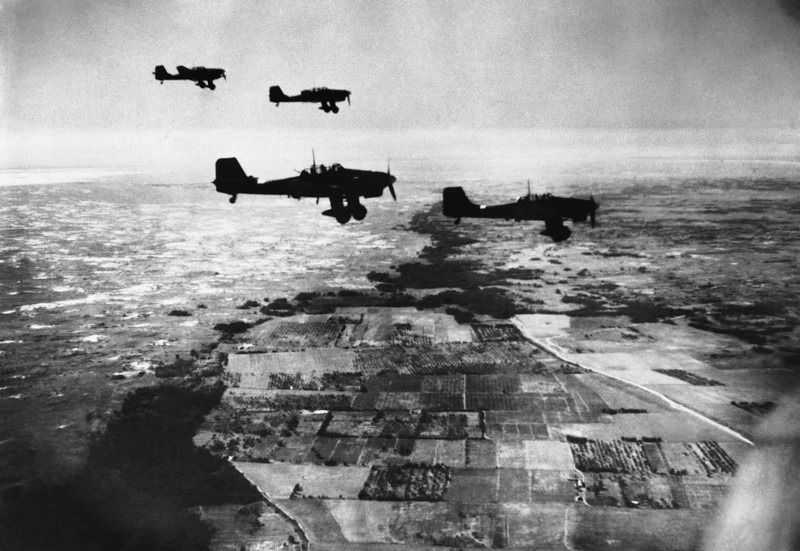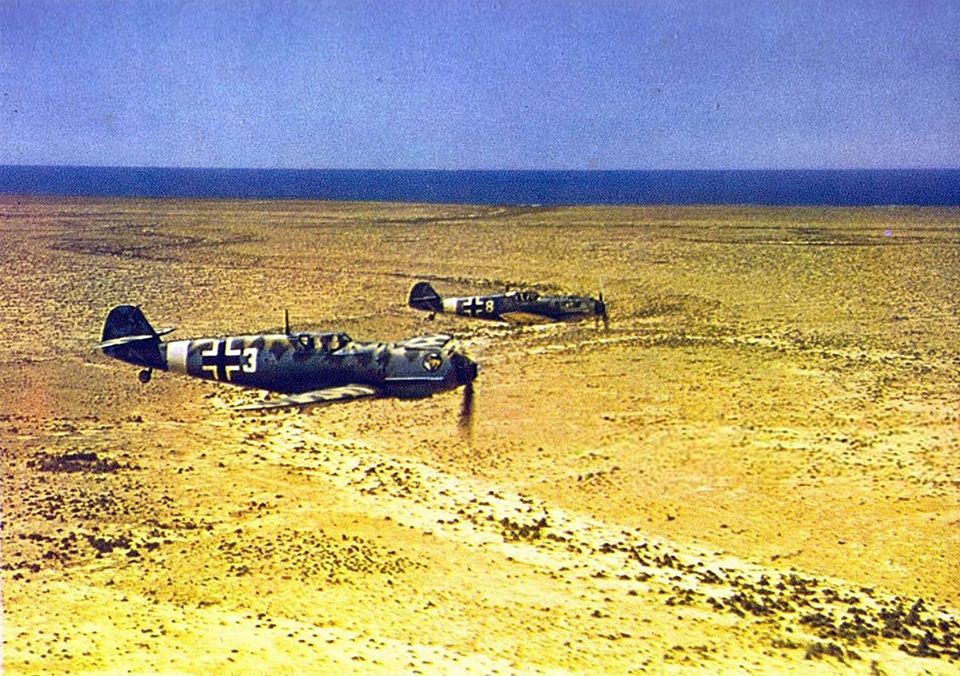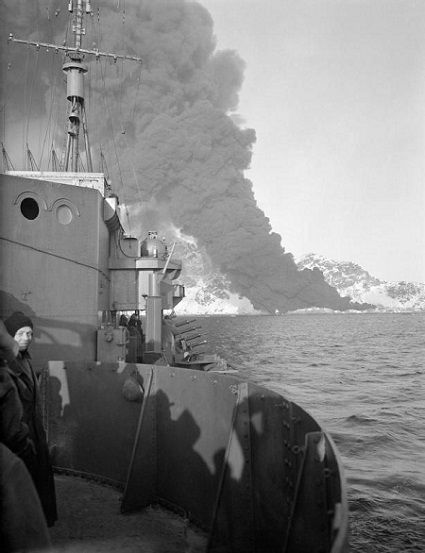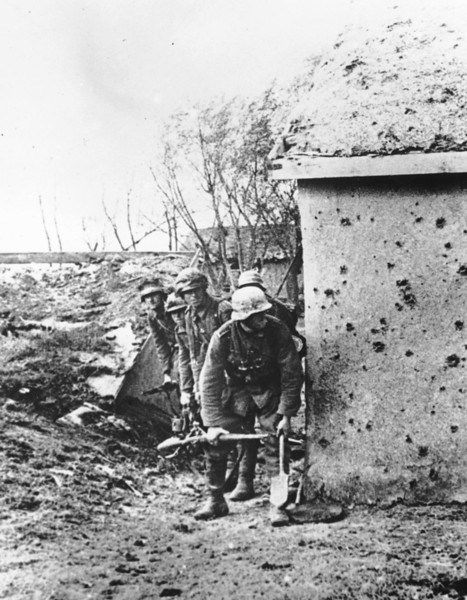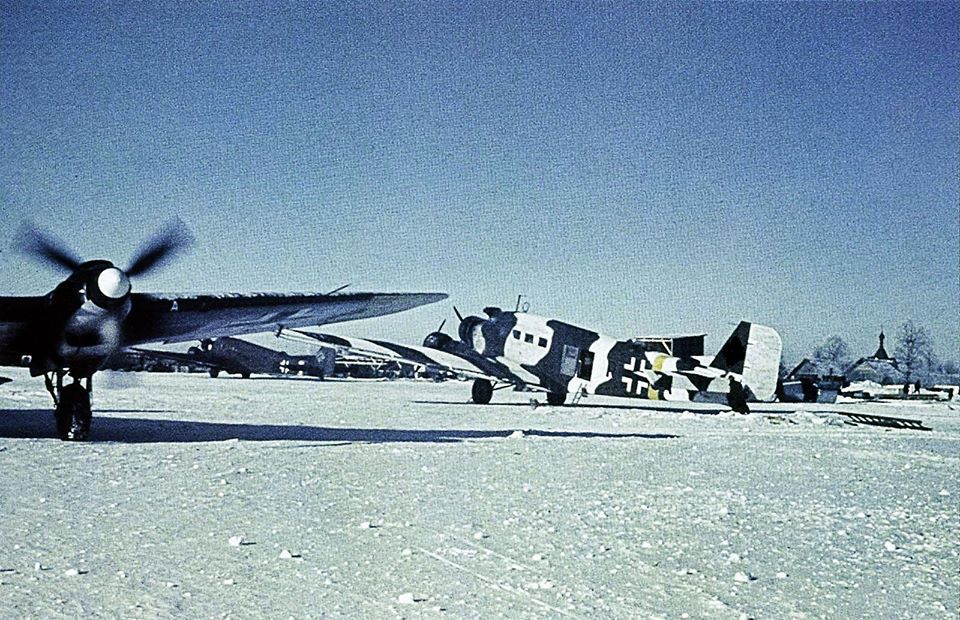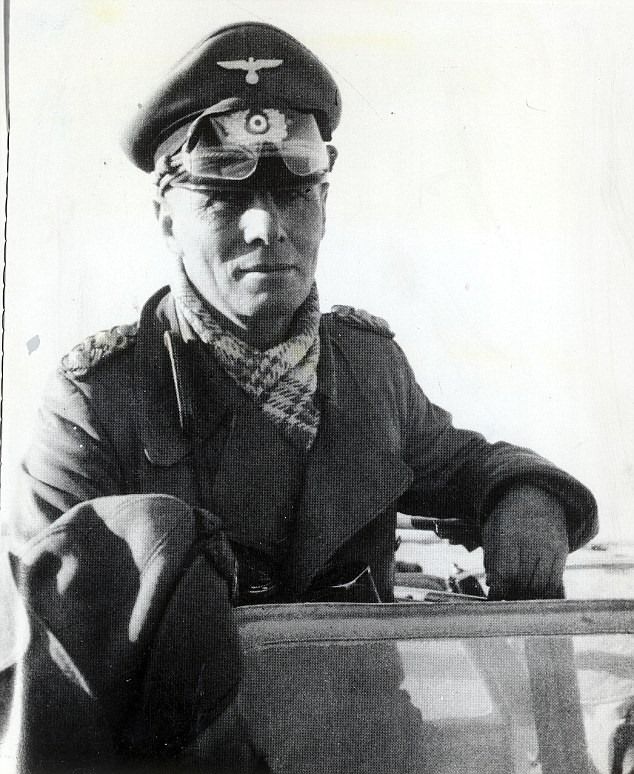Hi, just want to share this nice music with all of ya.
If you like soft metal, you will like it for sure.
It’s call Sabaton, try it on youtube. Their musics is based on history and the majority of their songs is about world war 2. I like to listen to them when playing axis and allies. Very nice music
Try panzerkampf, stalingrad, rise of evil or ghost divison.
And for the series, for those who speak french, like me :-D, there is a wonderfull serie called Apocalypse. For now it’s only in french but this is by far the most exciting world war 2 serie iv’e ever seen. It’s about the world war 2 with old videos and a narrator. They are now in color…nice songs…very good…take a look if you can find your way out, some videos from the serie are available.
Good game
http://apocalypse-la-serie.tv5.ca/
